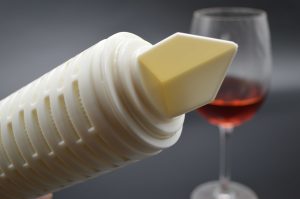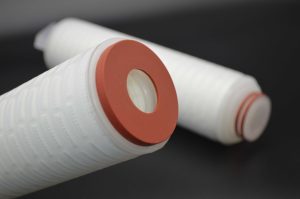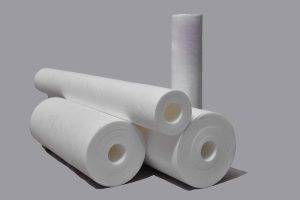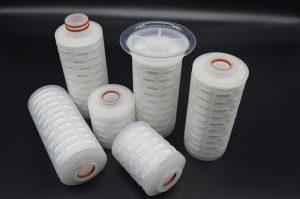Outdoor Water Filter
Industries
Related products
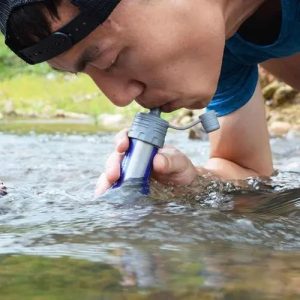

Frequently Asked Questions
Reduction Claims
List of specific contaminants a water filter has been tested to reduce from the water source. For example, the CTO (Chlorine Taste& Odor), Chloramines, Lead, ect.
Micron Rating (μm)
The ability of the filter media to remove particles of a certain size. The lower the number, the finer the level of particles are being reduced.
Flow Rate (gpm or gpd)
How quickly water is flowing from the source after the water filter system is installed. The higher the number, the quicker water should flow from the faucet head. Often expressed as gallons per minute (gpm) or gallons per day (gpd).
Capacity/Life* (gallons/months)
A measurement of how many gallons can flow through a filter system while maintaining the performance claims. The higher the capacity, the longer the filter life.
Filter life dependent on local water quality.
A water filter that has a lower micron rating and wider range of contaminant reductions will tend to have a lower flow rate. If you think about it, filtering water will usually restrict the flow of the water, but we have different solutions that provide you with options to meet your customer’s needs.
How do I know if my water needs to be filtered?
Your public water authority does the best it can to provide you with potable water. However, water passing through a series of pipes to reach your home may contain sediment. Therefore, a sediment reduction filter is advisable on the incoming water line. Our whole house filtration systems help protect washers and seals from premature wear, help prevent aerators and valves from plugging and help keep your water heater from collecting excessive sediment. Additionally, if you do not care for the taste of your home’s tap water, a whole house water filter system that reduces not only sediment but chlorine, taste and odor as well.
Keep in mind that contaminant levels may vary depending on the season or the weather. Additionally, in the case of lead, the contaminant may not be accurately represented in water quality reports, as it may originate in a home piping system.
What substances can be reduced by Orientfiltr water filtration products?
Our products vary in respect to ratings for contaminant reduction; among our line of offerings are products that reduce chlorine taste and odor, trihalomethane (TTHM), lead, sediment, cysts, arsenic, barium, cadmium, chromium (hex), chromium (tri), copper, fluoride, radium, selenium, turbidity, total dissolved solids (TDS), mercury, asbestos, chloramine, MTBE and volatile organic compounds (VOCs).
How often should a sediment cartridge be changed?
Cartridge life may vary by product system and local water conditions. Product packaging will indicate approximate life of each system. Please use this as the guide to how often you need to change your filter. If you notice a drop in water pressure, it is recommended that you change your filter.
How often should a taste/odor cartridge be changed?
Taste/odor cartridges should be changed when the off taste or odor returns, when a drop in pressure sediment is noticed, or every 4 to 6 months, whichever occurs first.
Related products
- ORIENTFILTR TECHNOLOGY CO.,LTD
- No. 688, Xingfu Road, Chongchuan District, Nantong, Jiangsu, China. 226007
- Email: info@orientfiltr.com
- Phone: 800-293-3858
